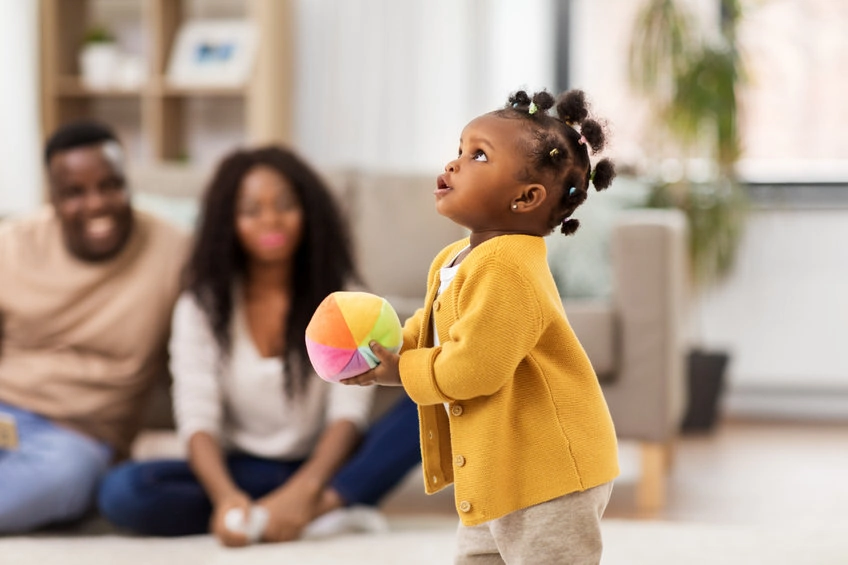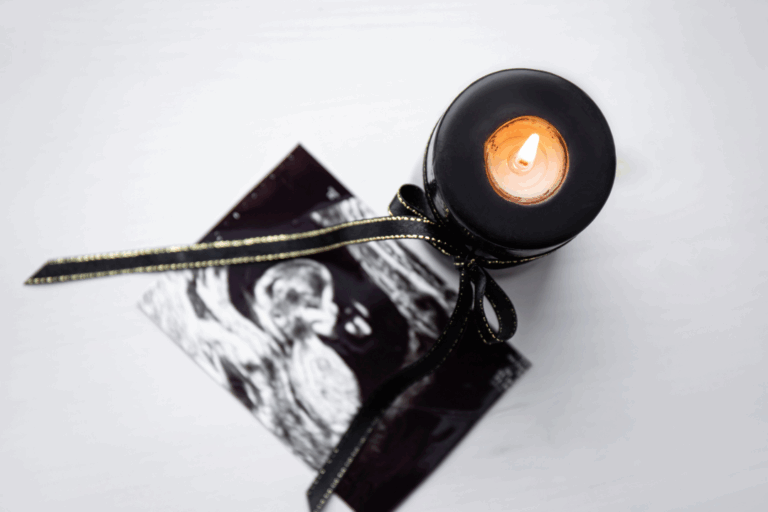What is the best toy? A ball! Aside from keeping teenagers fit and school kids busy, a good old ball turns out to be the best toy of all for any age!
Your new baby
It is well worth investing in a large therapy or Pilates ball while in your last trimester of pregnancy. These big balls have a few great uses:
- In pregnancy, you can activate your tummy muscles and pelvic floor muscles with simple bouncing movements on the ball. Sit on the large ball and gently bounce up and down or take this a step further by sitting on the ball and tilting your pelvis forward and backwards – this will result in the ball moving forwards and backward while you remain sitting upright on the ball. These tiny movements of the pelvis will stimulate your tummy muscles to contract. Strong tummy and pelvic floor muscles are essential for giving birth and getting your figure back later.
- In labour, bouncing on a ball and tilting your pelvis will provide wonderful relief from the painful contractions labour brings. Being upright is also the preferred position to encourage a natural active birth. You can use the ball right up to the last stage of labour, when you will need to be off the ball to give birth to your precious bundle.
- One of the best ways to soothe a fractious, colicky baby is to sit on top of a large Pilates ball and bounce up and down. Holding your baby while you bounce or rock will provide rhythmical linear motion which is a tried and tested method to settle most colicky newborns.
- Developing neck control and muscle tone is important and is stimulated through movement. Hold your baby upright at your shoulder while you bounce up and down. This will activate her neck muscles and result in stronger muscle tone, which is important for rolling, crawling and walking later.
As your little gets older she will begin to play with balls of all shapes and sizes:
When your baby is learning to eat finger food, tiny little peas on a plate will encourage her to develop her pincer grip – putting her index and thumb together to manipulate something small. These small ‘balls’ play a great role in developing fine motor skills.
Buy a large light ball or even use a balloon to encourage kicking. Suspend the ball or balloon above your three to six month old. Lay her on her back under the ball so her feet can kick it as she lies there. This helps develop her tummy muscles and is a fun activity too.
Your toddler
If there is one toy sure to keep any toddler entertained, it’s a ball – of any shape and size. Bouncy balls are best kept outside, but soft, foam balls make great indoor toys. Games with balls can keep toddlers entertained for hours:
- Sit your toddler on a mat and roll a ball the size of a soccer ball or bigger slowly towards him. He will watch it advance towards him which will encourage his eye muscles and the coordination of his visual skills. Show him how to push the ball away as it gets to him – this will help his timing and later on be the start of catching and throwing.
- When your toddler is stable on his feet and can walk with good balance, he is ready to learn to kick. Remember kicking is a very advanced skill because it requires your little one to be able to balance on one leg as well as coordinate the timing required to connect with a moving object.
- As your toddler gets a bit older, he will be ready to learn to catch. Suspend a balloon or light ball above your toddler and push it slowly towards him. Help him time his movements to catch the ball by saying: “1,2,3 catch”.
- Get a large therapy ball and place your toddler on his tummy over the ball and rock him forwards and backwards slowly so that his head starts upright and then tilts down over the ball. This movement stimulation is great for muscle tone and is great fun for your little one.
- Toddlers love filling and emptying buckets. Get a whole lot of small balls the size of a tennis ball or gold ball and have your toddler fill and empty a bucket with these balls. To up the challenge, have him throw the balls in from a small distance.
Your preschooler
By this age, you will have a good feel of your little ones’ interests and aptitudes. If your preschooler loves balls and sport you will do well to encourage this by having a ball available for playtime.
- If your preschooler shows a great interest in balls, now is the time to get a bat and ball. Examples include a cricket bat, a golf club or a baseball bat. This will introduce a new element to his coordination: your child will need to hit a ball with the bat and this increases his eye-hand coordination further.
- Kicking a ball at a goal is a great way to encourage kicking accuracy.
You can use balls to develop cognitive skills such as colour, number and other skills too. This game encourages following instructions and learning colours – set up four different colour cones and a few different types of balls in a room or in the garden. Give your preschooler instructions to follow to get to each cone – for example, carry the big ball to the green cone, push the Pilates ball to the blue cone or bounce the tennis ball to the red cone. As your preschooler arrives at the cone, give the next instruction. - Hang a tennis ball in a stocking from a tree. Give your preschooler a bat to hit the suspended ball. This is a wonderful way to encourage hitting accuracy and there is no running after the hit ball to retrieve it so it is something your preschooler can do alone.
- If you have a group of children, you can play: “Piggy in the middle” Place one child in the middle and have the other two throw the ball to each other. The ‘piggy in the middle’ has to try to get the ball. It’s great fun but make sure everyone gets a turn so that nobody feels frustrated.




